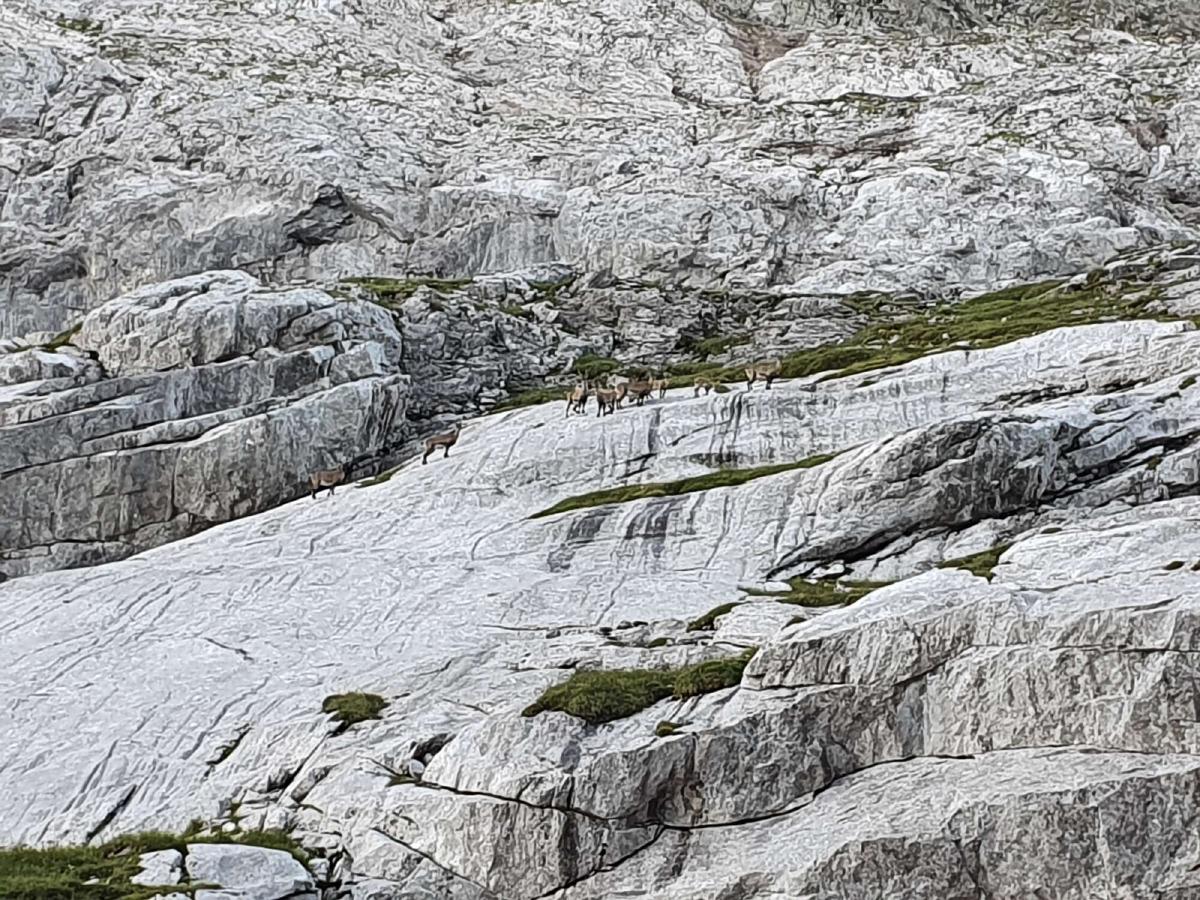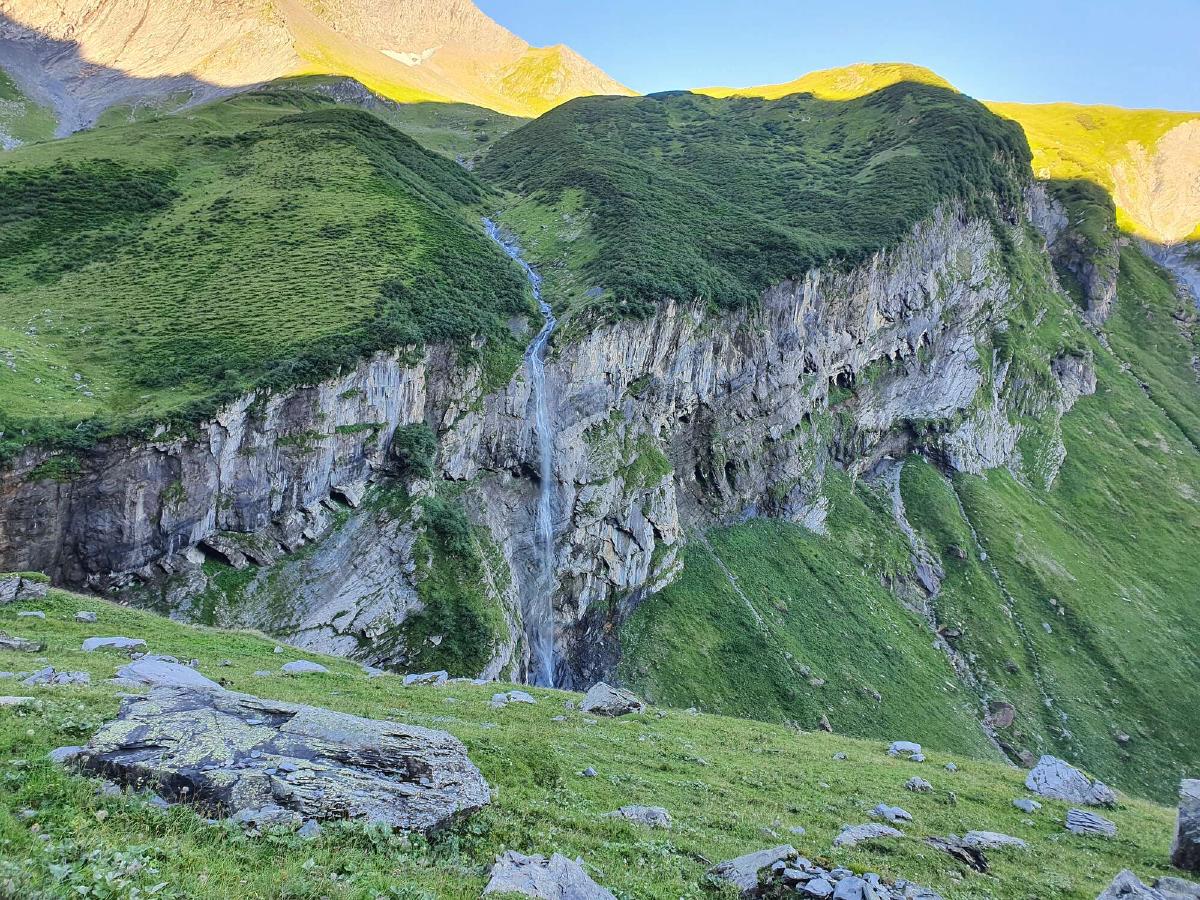After a cold and rainy first half of the week, I took advantage of the nice weather by going on a quick overnighter in the border region between Glarus and Grisons. The route took me from Linthal up past the Muttsee to the Kistenpass, from where I traversed high above the Rhine towards the Panixerpass. I spent the night near the pass and descended into Elm the next morning.
I took the train to Linthal early in the morning. When I arrived, it was still quite cold. I decided against putting on an extra layer and instead warm up by hiking a bit faster. I first passed through the little town center of Linthal, then the houses became sparser, eventually giving way to fields and farms. I looked up towards the Klausenpass, where I had hiked on the Via Alpina last year. Soon, I would start an even bigger adventure, the Alpine Passes Trail.
This trip was actually a bit of a shakedown hike for my thru-hike, so I only took with me what I plan to take then. I also carried three liters of water to simulate a longer food carry and see how comfortable my pack would be without a hip belt or frame.
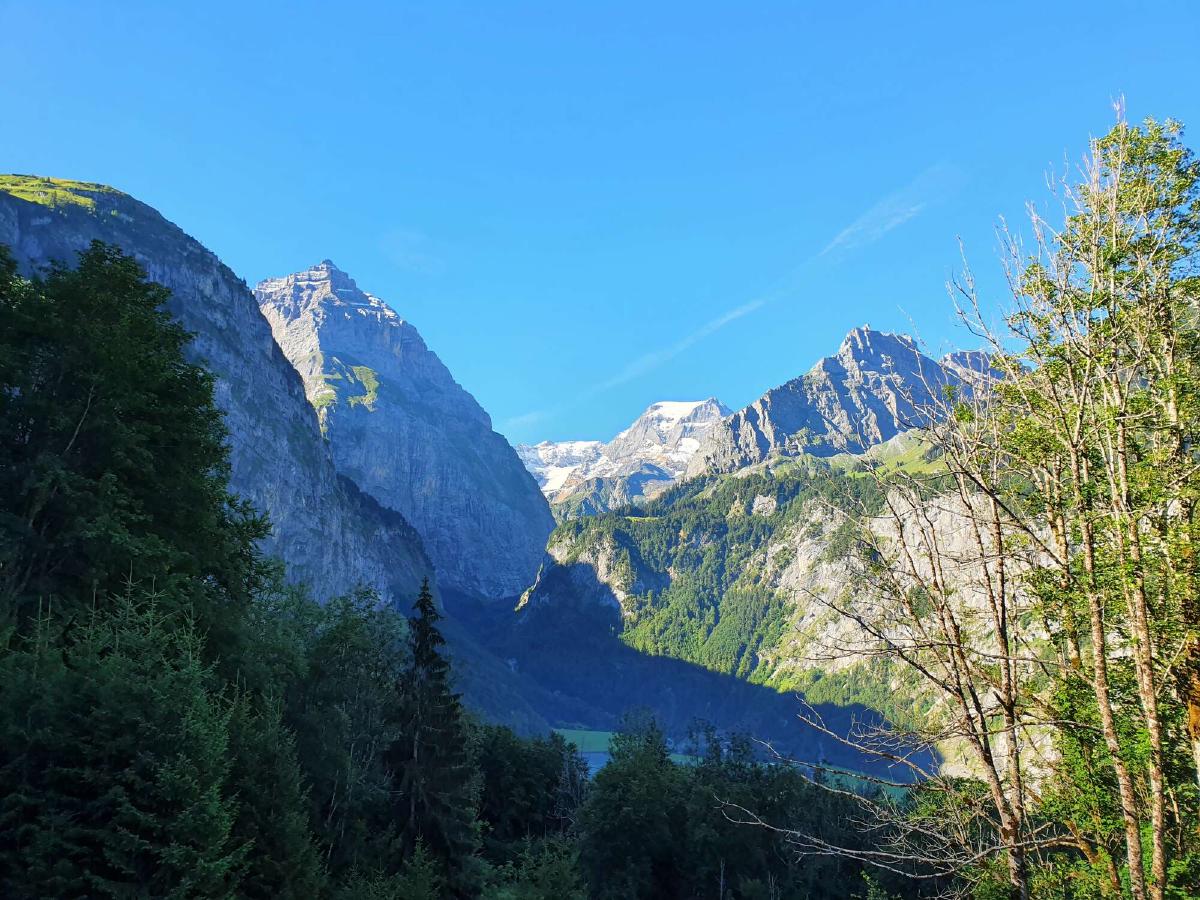
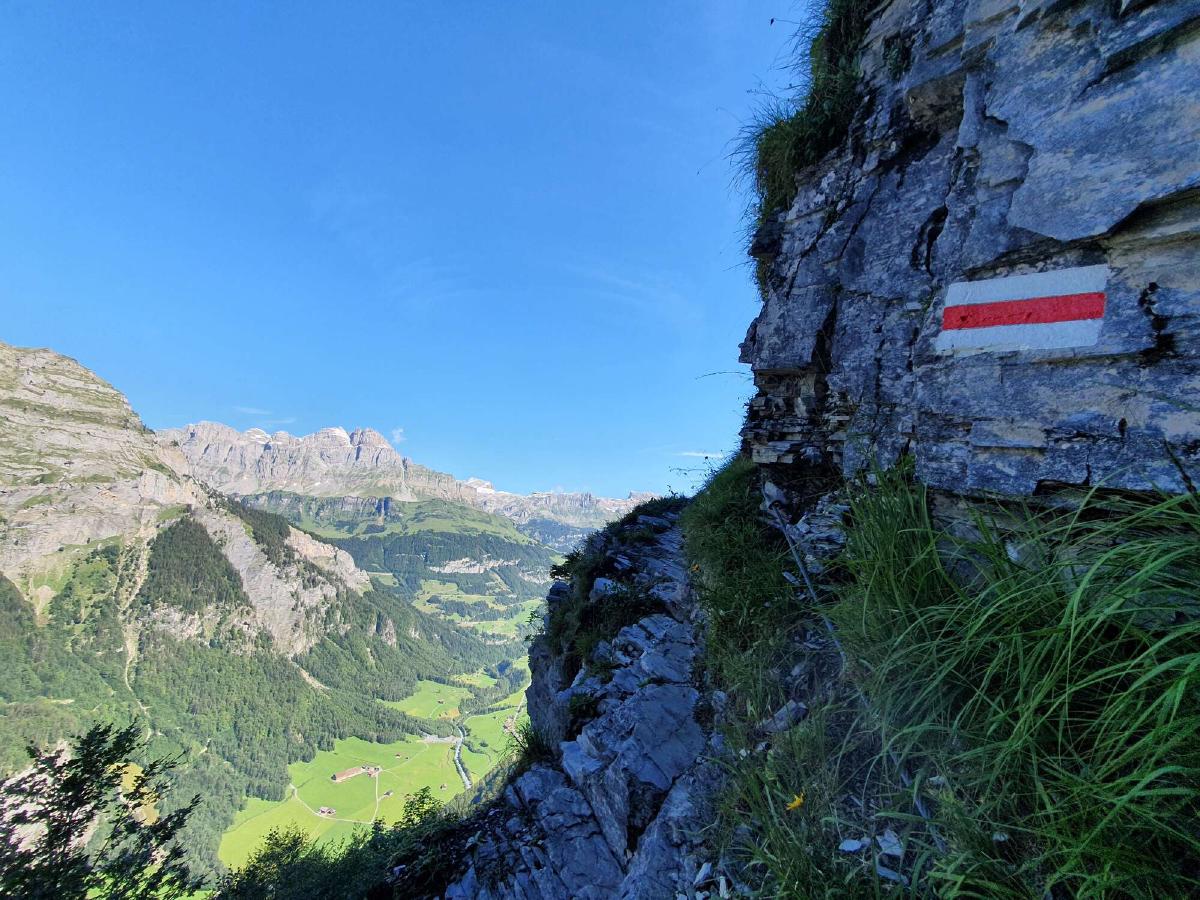
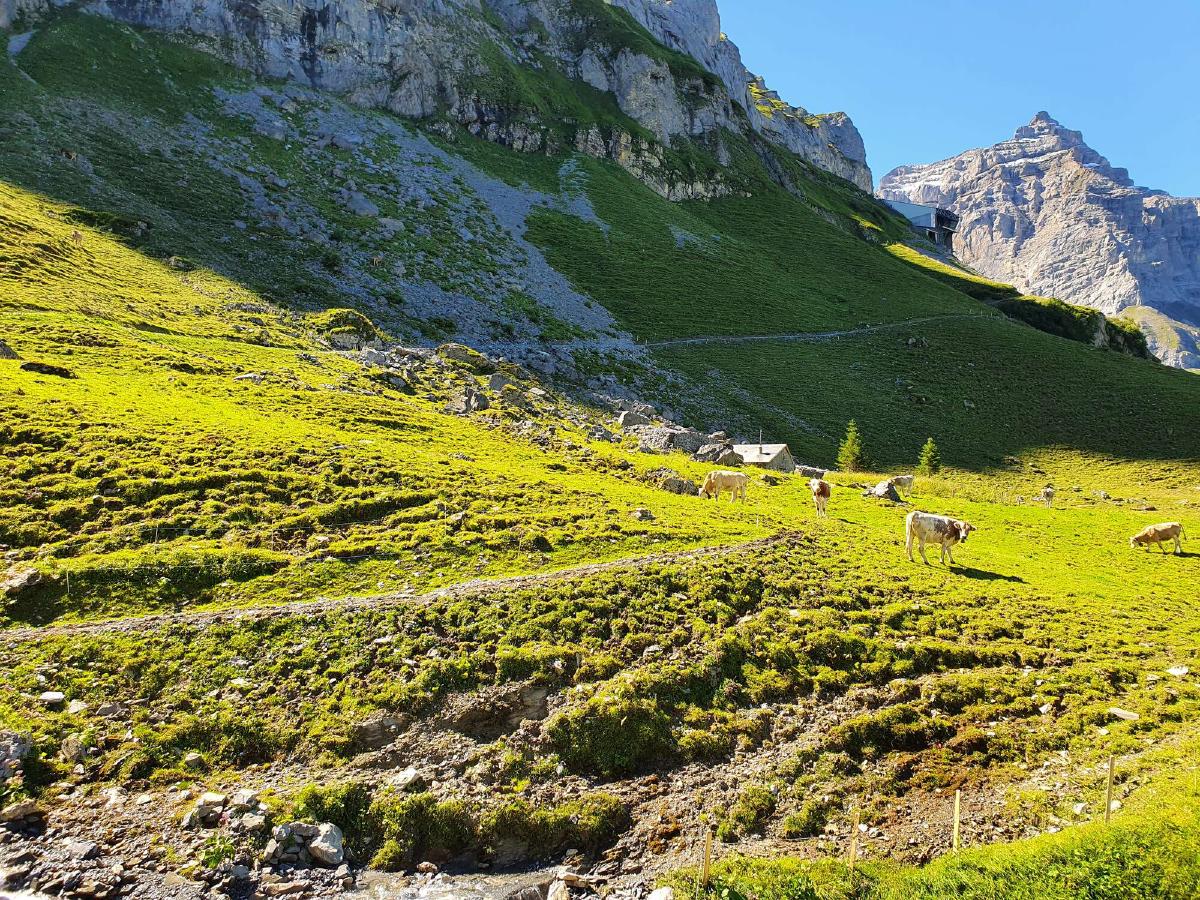
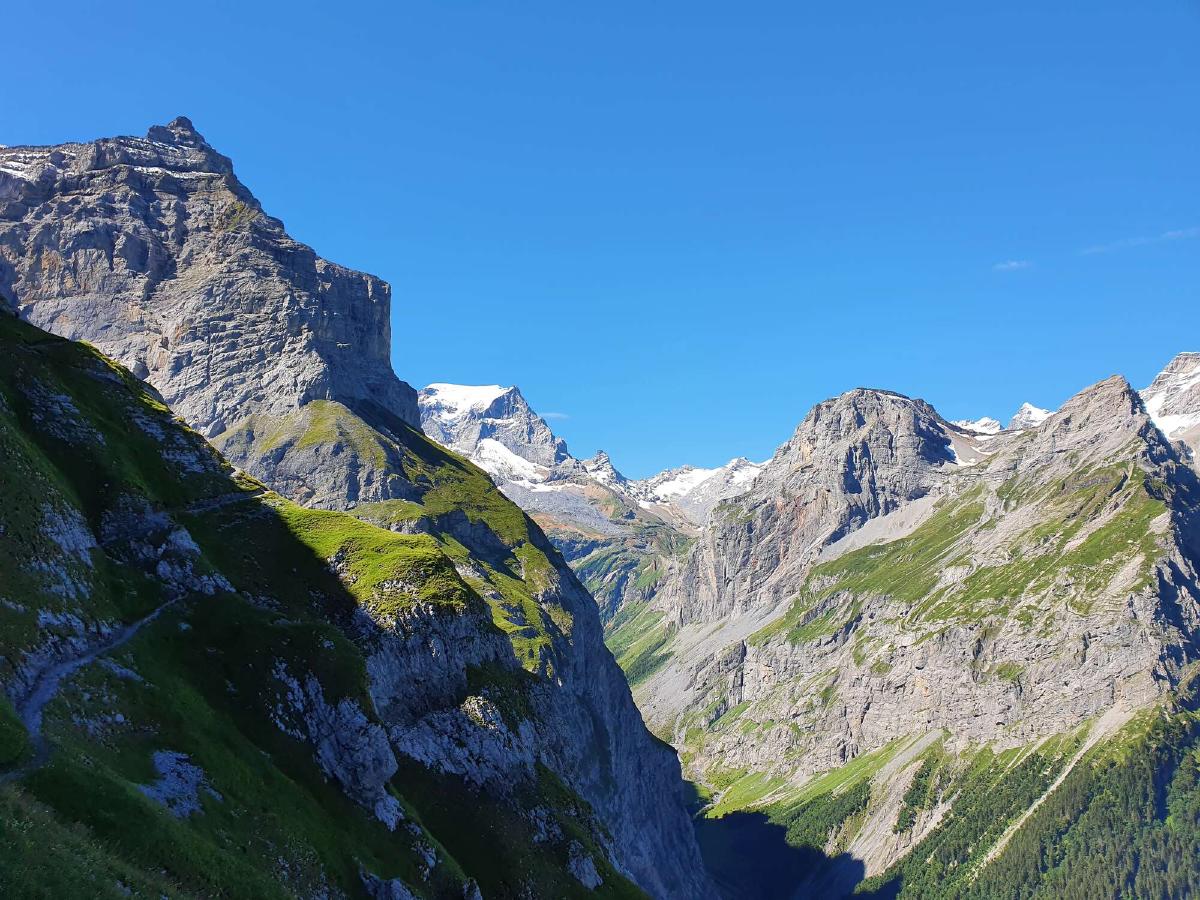
All morning, I barely saw any people and even fewer hikers. As soon as I passed the station of the gondola, that changed. On the way towards the Muttseehütte, I constantly passed other hikers. Quite a few of them were carrying big heavy packs, presumably with similar goals as me. There was even a tent set up in full view of the trail in the middle of the day, which I highly disapprove of.
I took a short lunch break and tried to spot the trail to the Kistenpass. The mountainside leading to the pass seemed impassable, with steep cliffs and snow-covered scree fields. I decided to move on anyway, since the trails often look much less scary from up close. First, I had to cross the Muttsee dam. The structure looks impressive from afar, but the sheer scale of it really sinks in when walking across it.
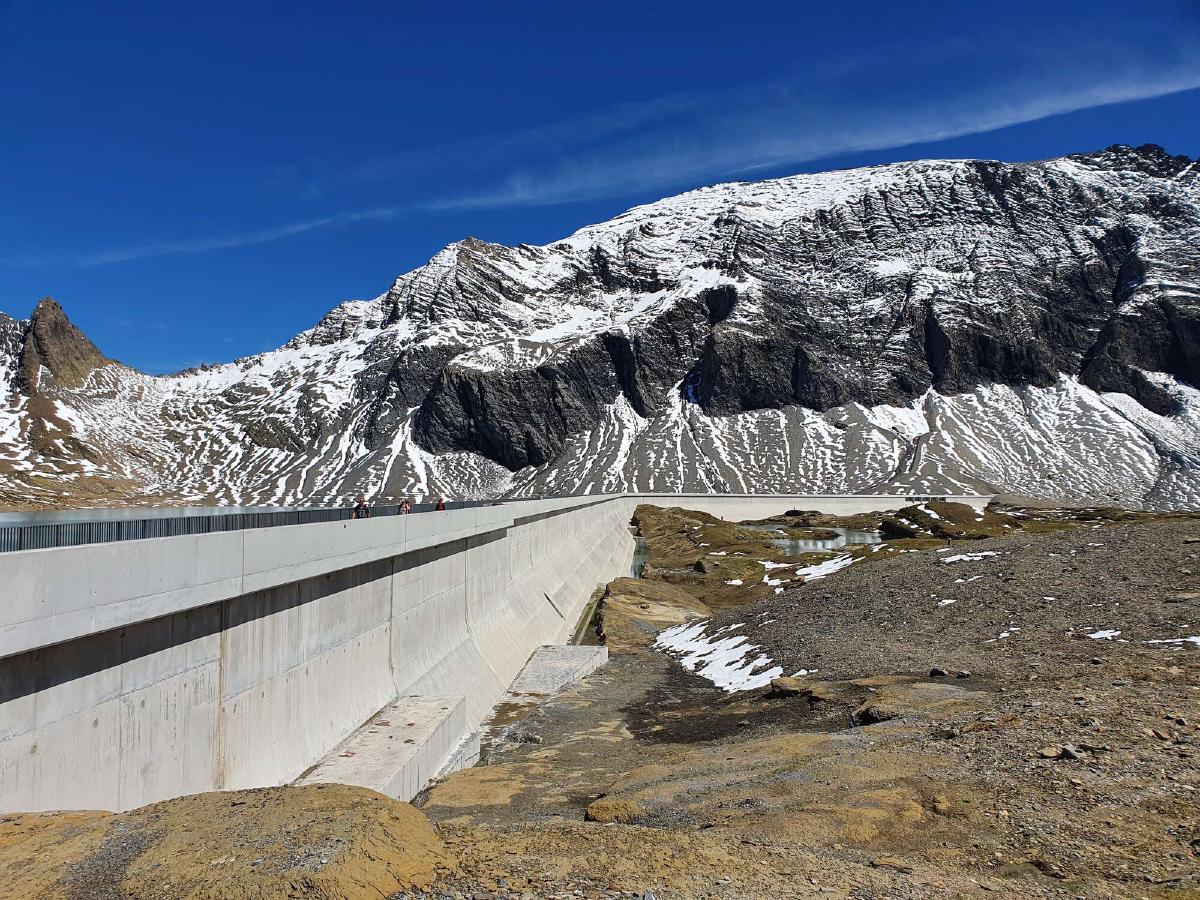
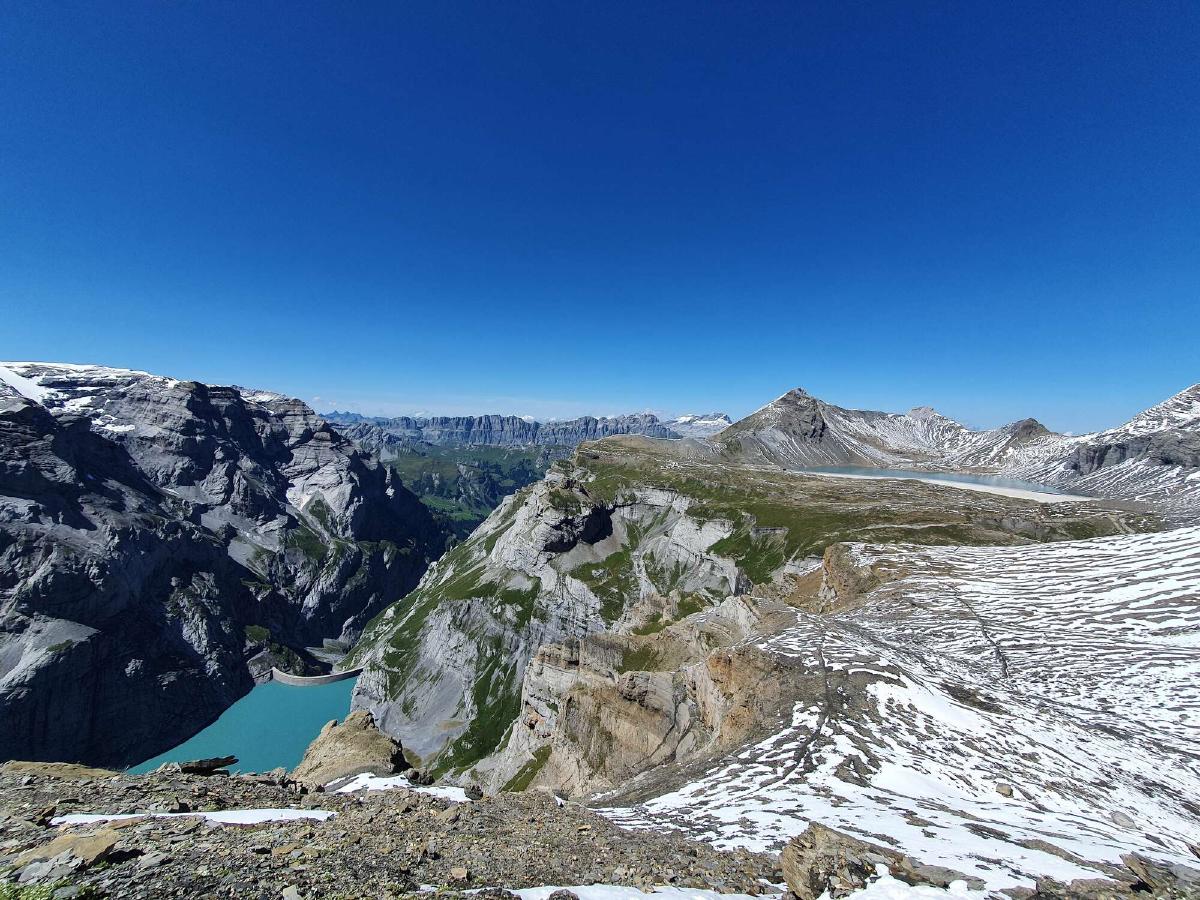
Even with a bunch of fresh snow, the path up to the Kistenpass wasn’t all that difficult. The landscape was stunning and I even spotted a few ibex. The next section towards the Panixerpass however turned out to be quite challenging. The trail barely even existed in the barren landscape and it was often difficult to spot the next marking. Sometimes there were cairns to help with navigation, but even so I had to fall back on the GPS of my smartphone a couple of times.
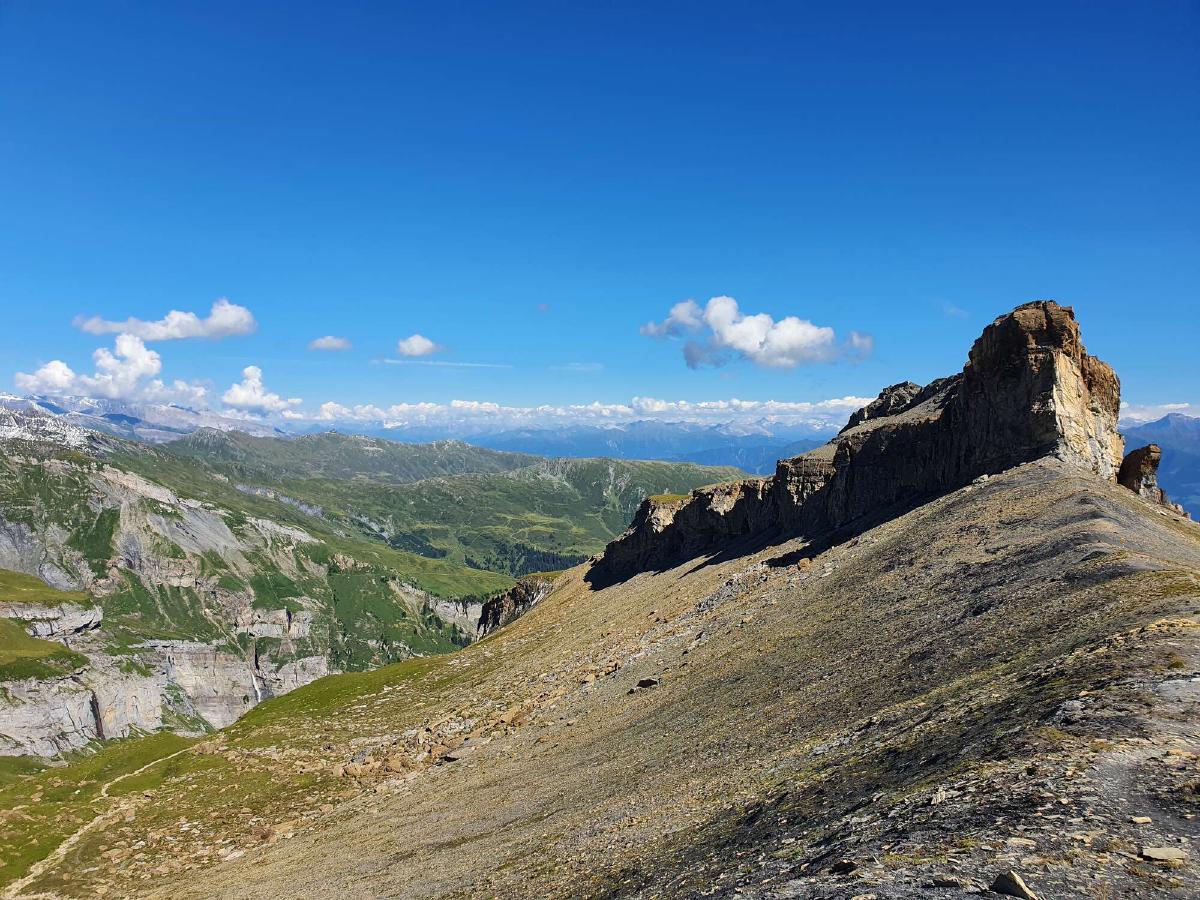
In the evening, there was one last steep climb before the terrain flattened out near the Panixerpass. I passed a couple who had already set up their tent and were cooking dinner. When I reached the pass, I saw someone in the little hut there. Since I like my privacy when wild camping, I headed off-trail for a bit to find a nice spot. The place I settled for was a classic example of a bad campsite: exposed and windy, with melting snow all around and wet ground. The view was spectacular though.
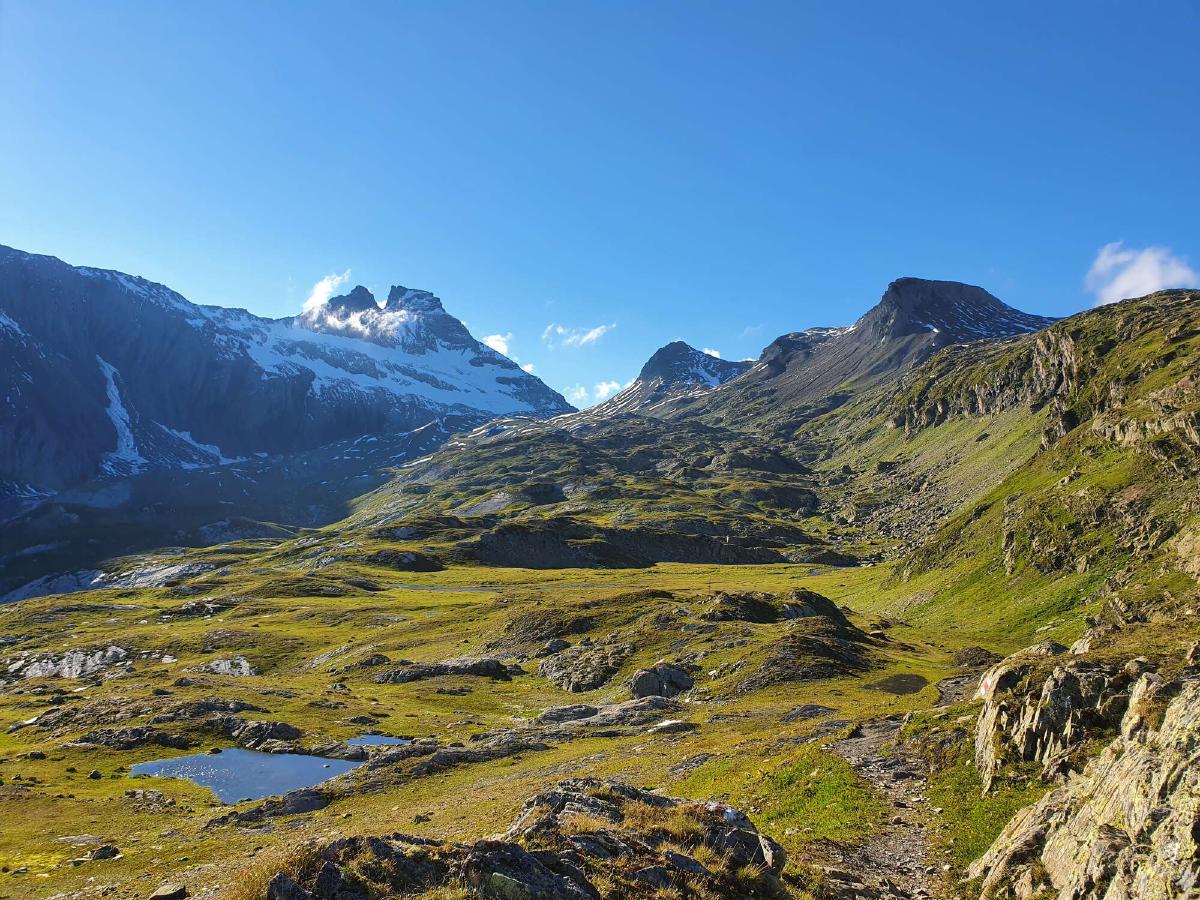
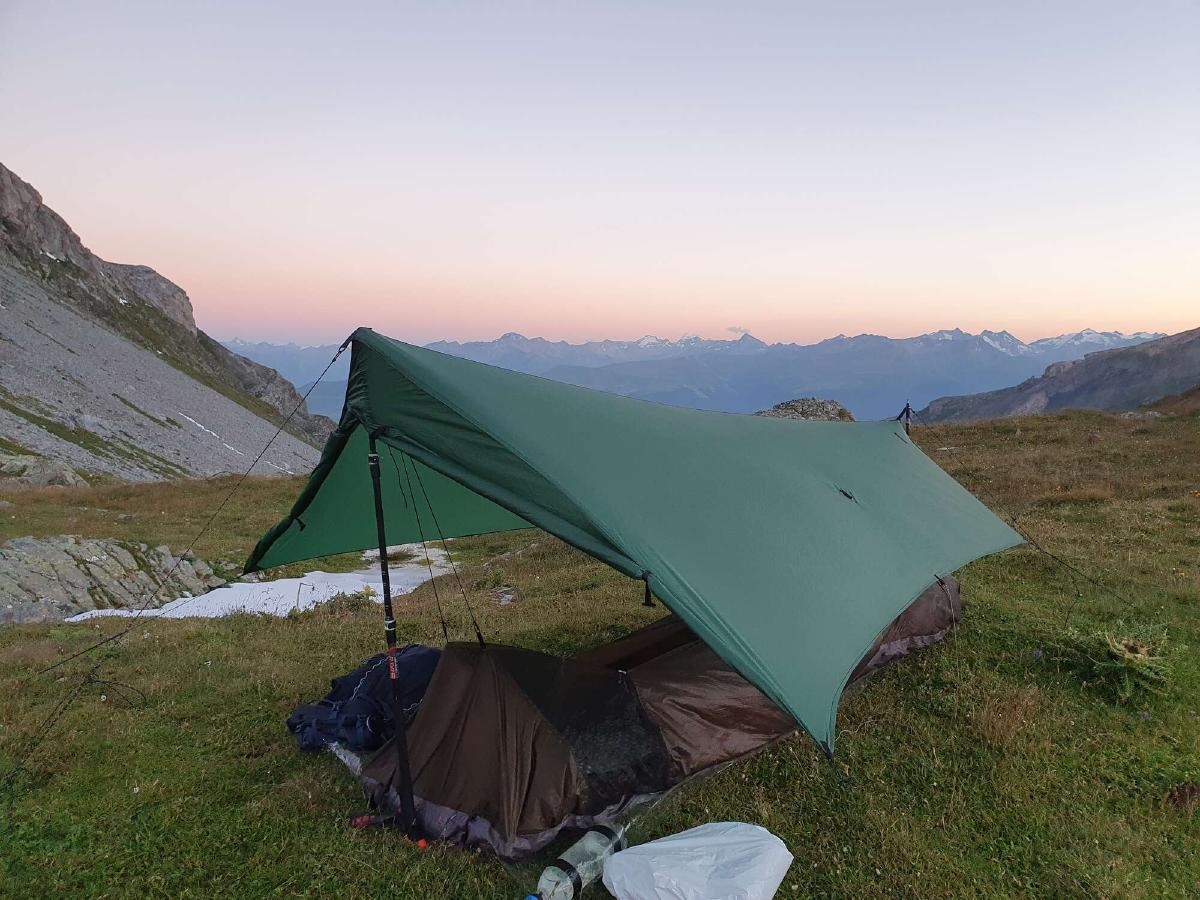
I had originally planned to just sleep with my bivy bag, but within minutes after sunset dew started to form all over my gear, so I reluctantly set up my tarp. The next morning I woke up mostly dry, except for the corners that weren’t perfectly under the tarp. I quickly packed up and headed down towards the pass. The weather forecast predicted more than 30° C for this day, but in the early morning and at 2'400 meters, I still had to wear most of my cold-weather gear.
